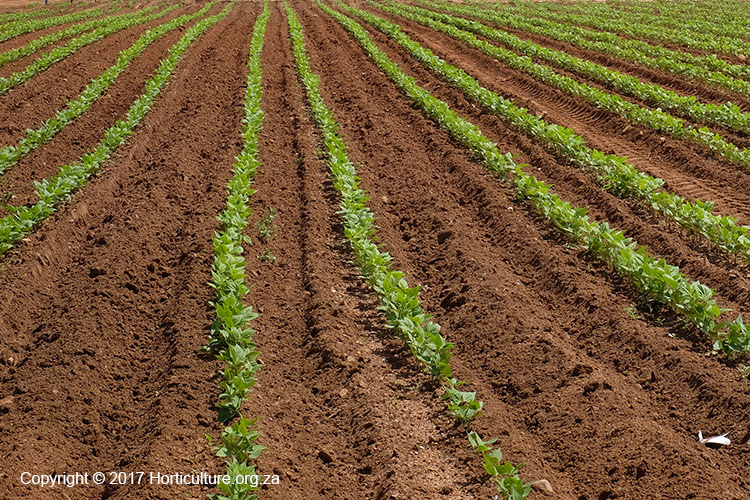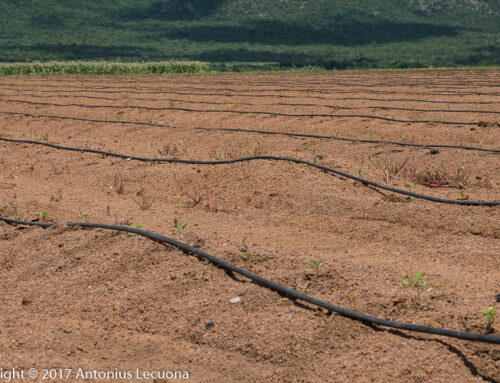
How to fertilizer green beans (Bush beans)
The basics of green bean fertilization
Green bean fertilization is quite easy as it has a short growth season, but if neglected can have a significant effect on yields. Proper preparation of the soil and an adequate amount of well-balanced nutrients are essential for good yields and a large proportion of first grade pods. The nutrients must be readily available for uptake by the plant roots. The fertilizer placement in the soil, soil moisture, pH and many other factors influence their availability by plant roots.
As fertilization is determined by the fertility of the soil, a general fertilizer program can only serve as a guide. For proper recommendations, it will be necessary to have the soil analysed by a soil laboratory. Various commercial laboratories can help with scientific analysis of soil samples.
Application of fertilizer before planting
The average nutrient uptake norms for green beans are as follows:
- Nitrogen (N): 8.8 kg/ton total yield.
- Phosphorus (P): 0.9 kg/ton total yield
- Potassium (K): 5.8 kg/ton total yield
An average recommendation that is safe to use is:
- 100 kg/ha nitrogen as a base dressing
- 50 kg/ha 2-3 weeks thereafter as top dressing
- 11 kg/ha phosphorus
- 70 kg/ha/ha potassium
The first application two weeks before planting can be 1000kg of 2:3:2(22). This should be ploughed in and will contain enough N, P and K for the first month of growing. Note, that if you soil has enough P and K, the additional application will not benefit the plant and will go to waste. That is why it is so important to know the nutrient status of your soil. Soil analysis are cheap and it is better to calculate fertilizer recommendations scientifically than thumb suck. Don’t overfertilize with nitrogen as it leaches out into the ground water cause pollution.
It’s important to spread the fertilizer evenly throughout the soil as P does not move with ground water or irrigation water. Nitrogen is the most mobile element of the three but it is also consumed by bacteria. Both P and K are of no use to the plant on the soil surface so that have to be mixed within the top 300 mm of soil. Leaving nitrogen fertilizer on the soil surface will cause it to evaporate as N2 and pollute the air.
On acid soils (pH < 5.5), the right kind of lime should be used ploughed in more than 4 weeks before planting time. If a magnesium (Mg) deficiency is suspected, dolomitic lime is used instead of agricultural or calcitic lime. The amount applied depends on the degree of acidity and type of soil. Applications vary between 1-2 ton/ha. The exact amount needed cannot be determined without a proper soil analysis.
Fertilizer application after planting
Although green beans can fix nitrogen, they require normal amounts before harvesting. The growth season of green beans is too short for the roots to start fixing nitrogen into the soil. Nitrogen fixing only takes place after 6 weeks of growth. The plant needs nitrogen long before that. The amount of nitrogen that is fixed naturally is very small compared to the amount needed for growth. For that reason, one should add a top dressing 3 weeks after planting as close to the roots without burning the stem.
Nitrogen top dressing can be applied as follows:
- Ammonium sulphate (300 kg/ha)
- LAN (30%) @ 200 kg/ha
- Urea @ 130 kg/ha
- Calcium Nitrate via irrigation lines.





